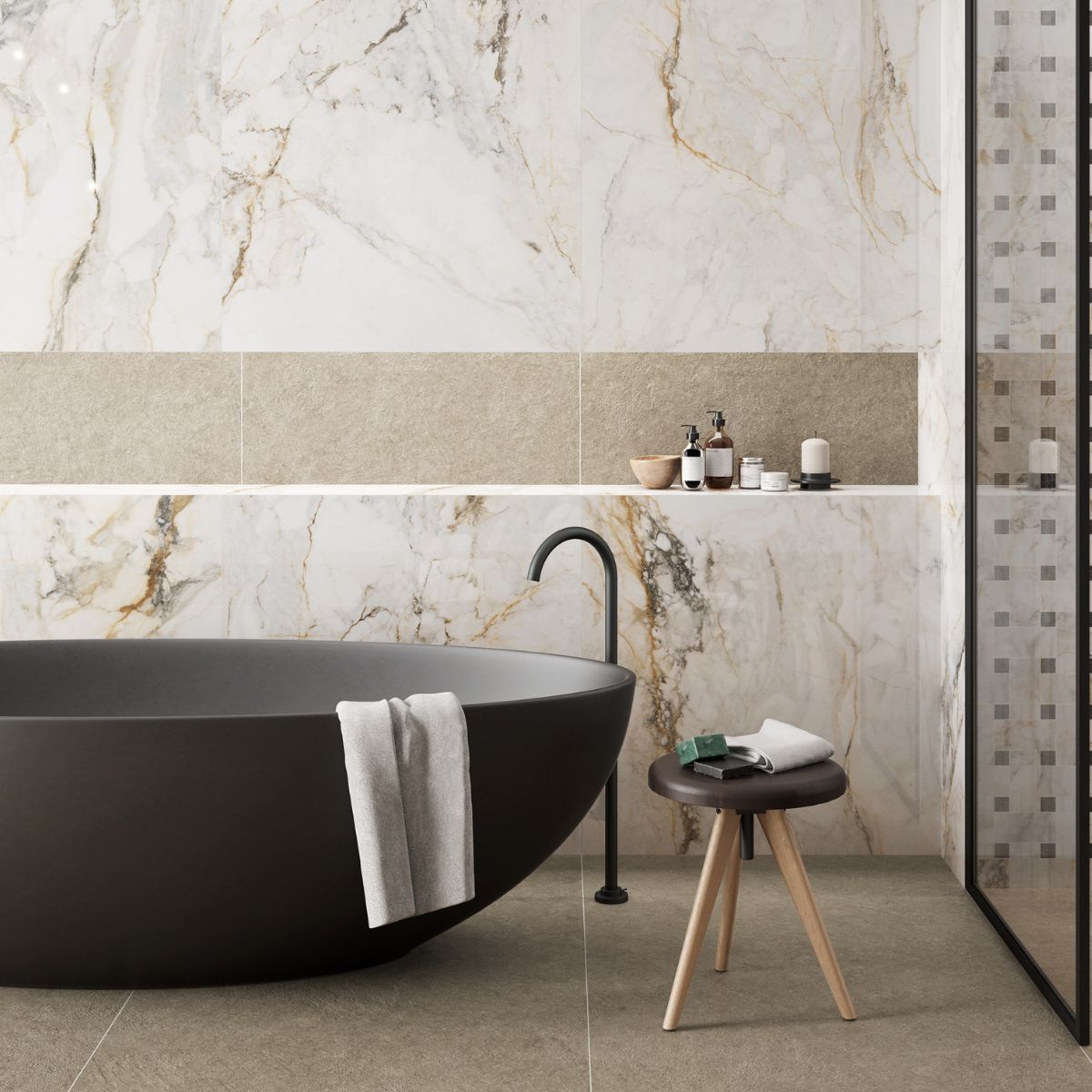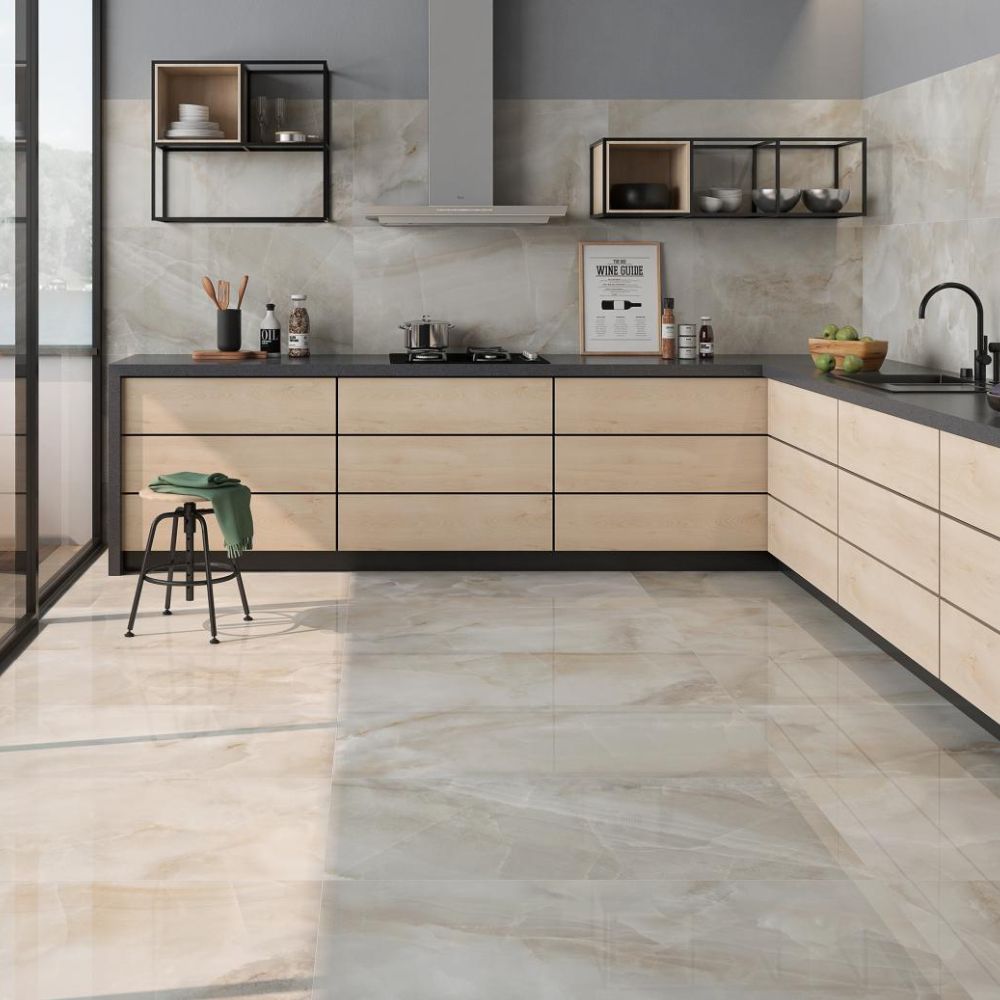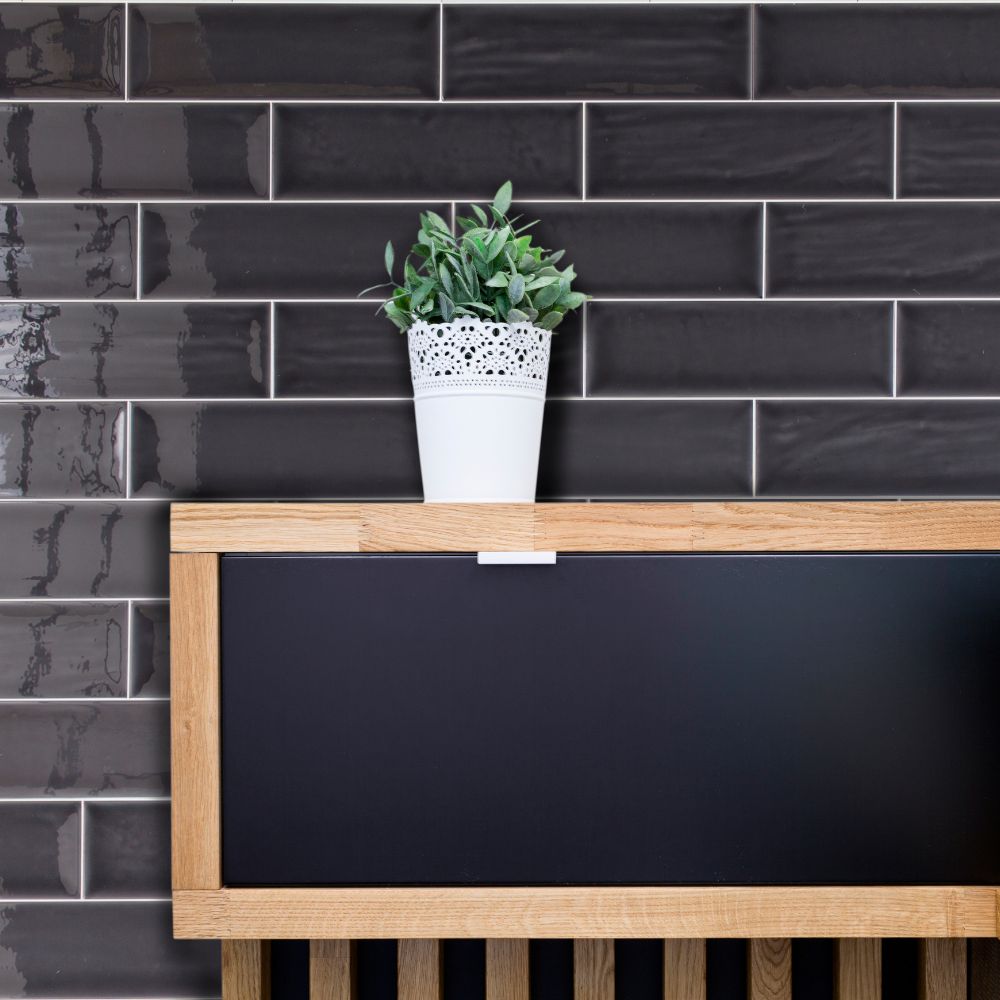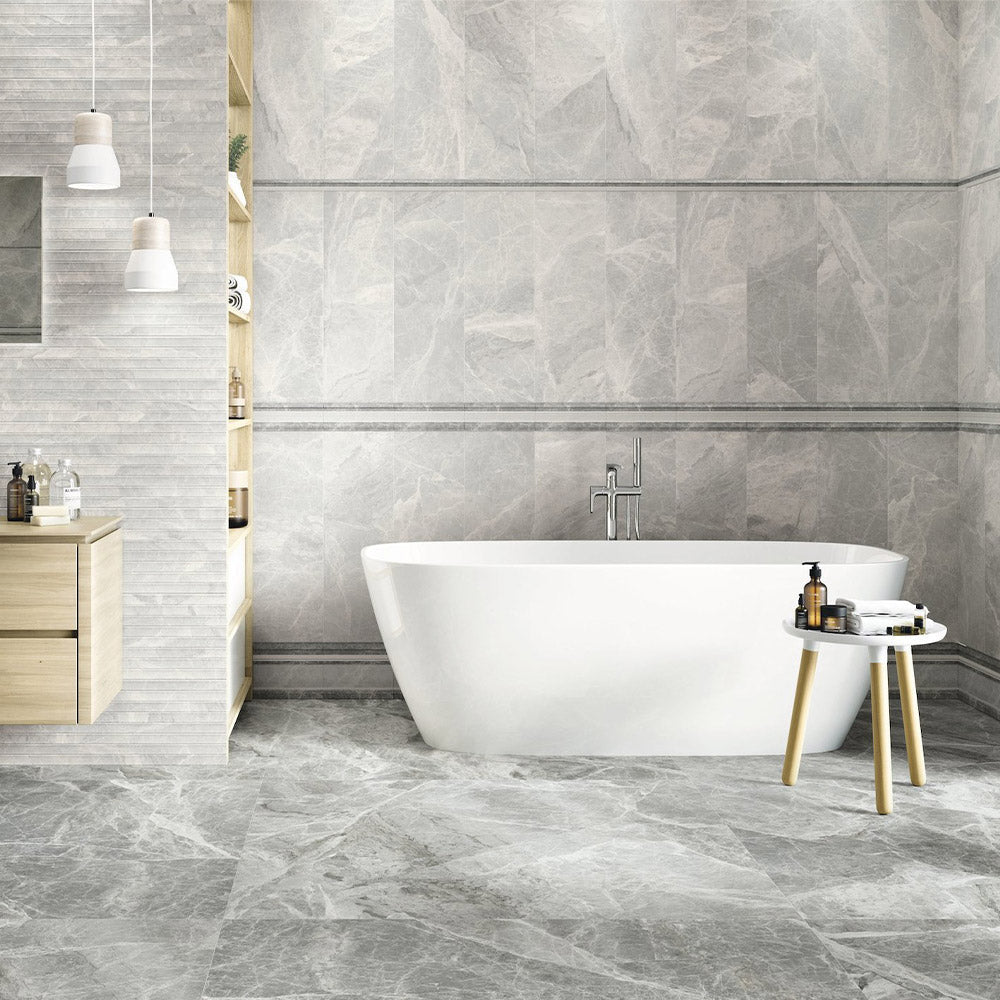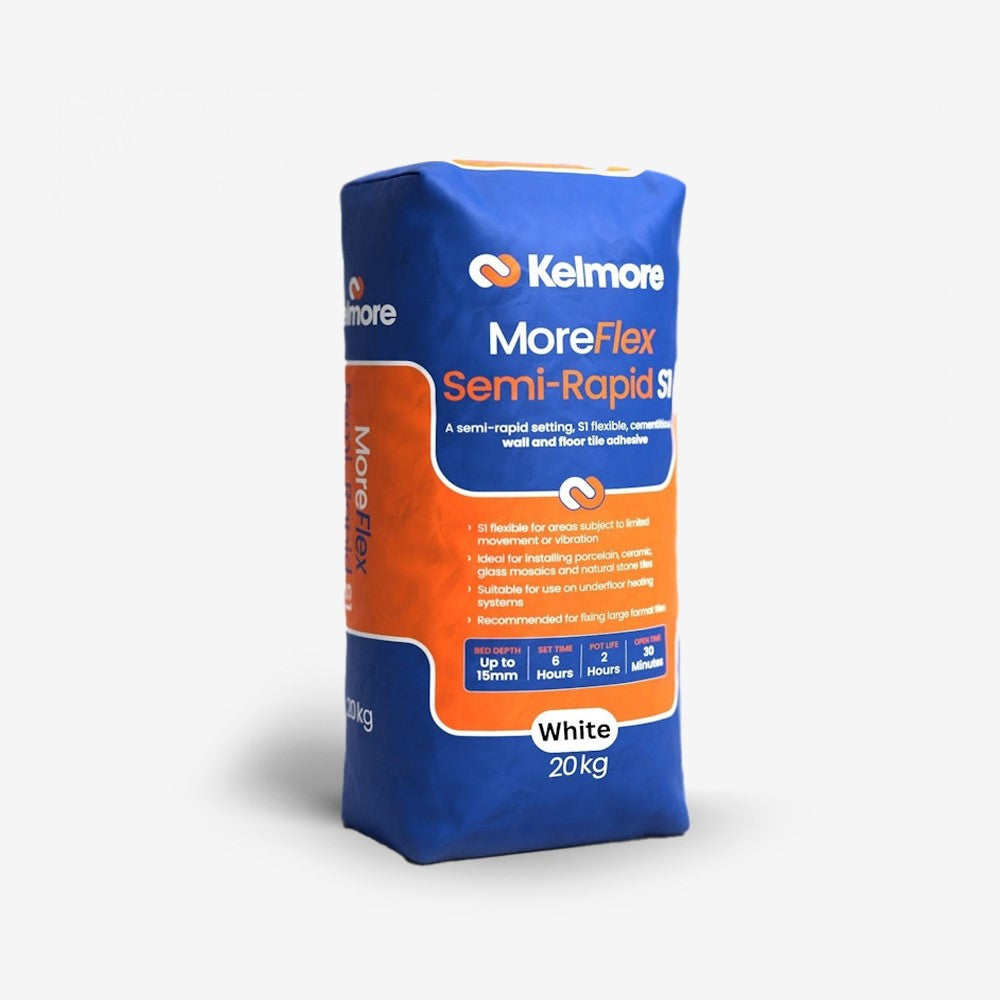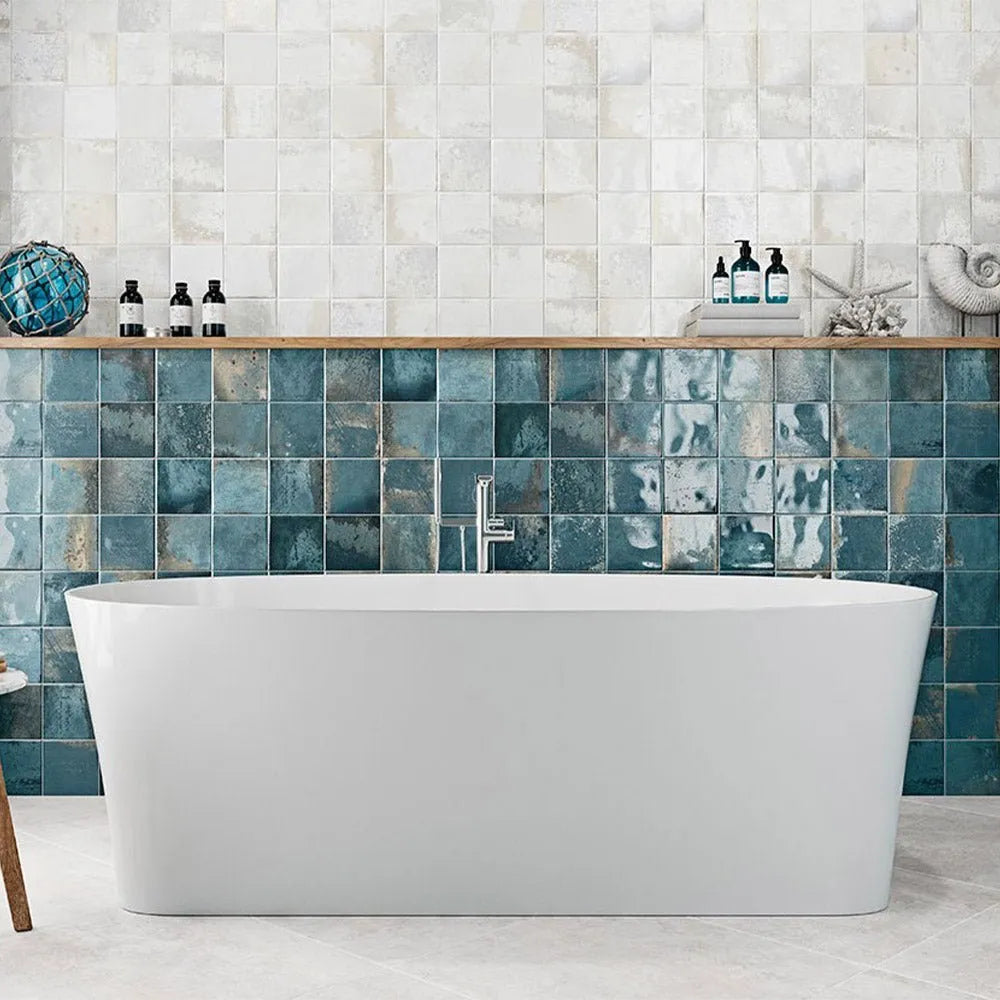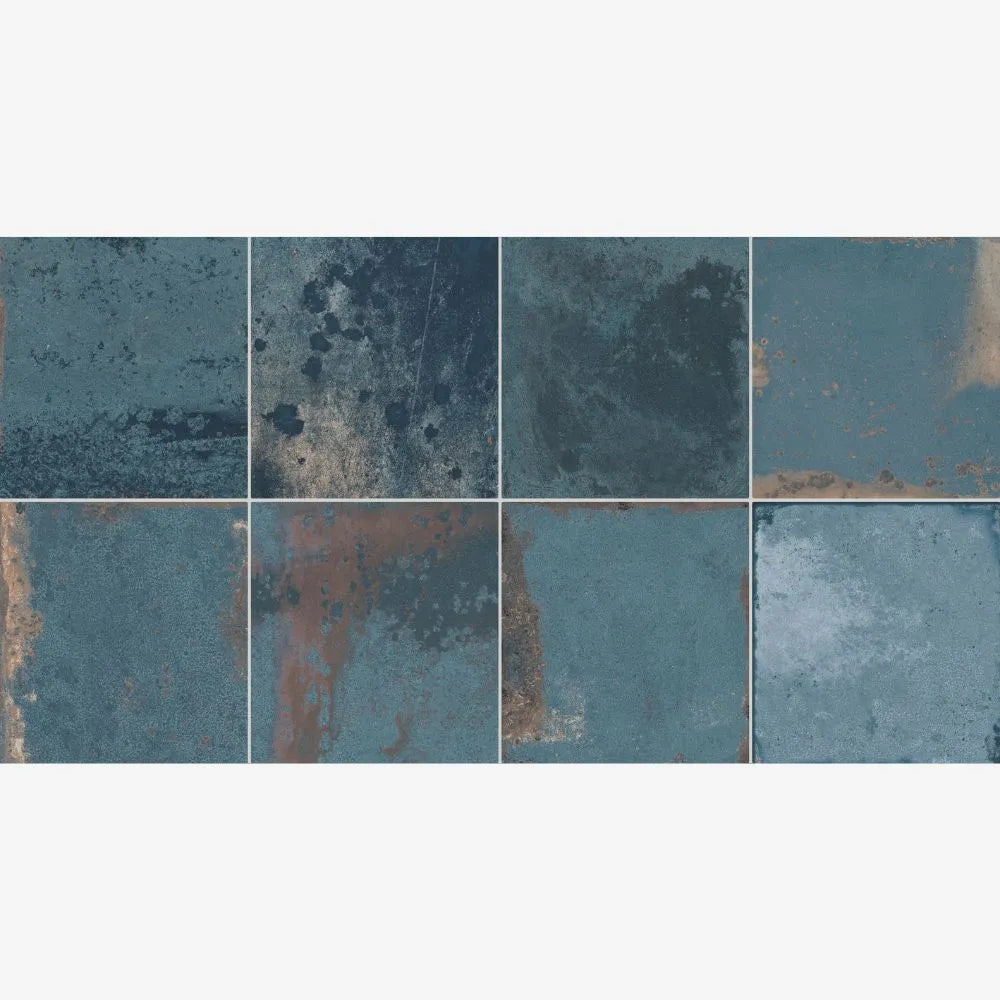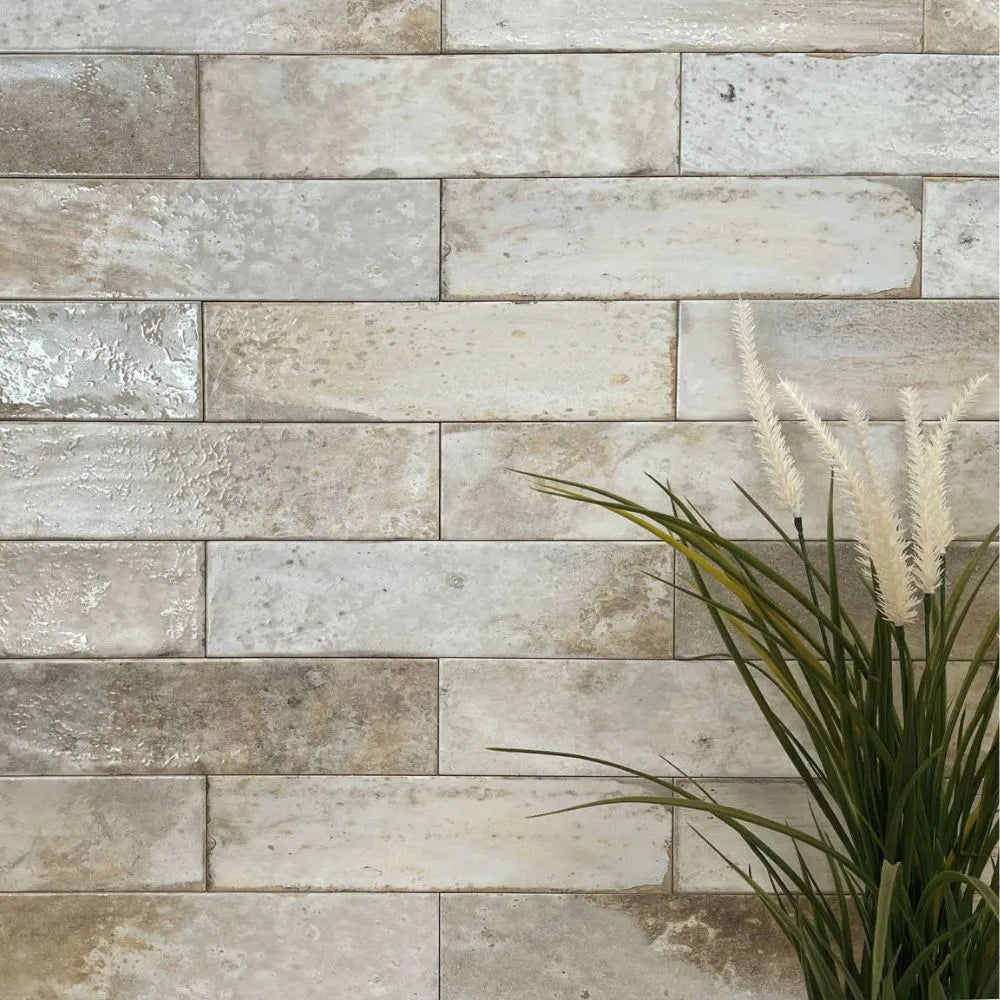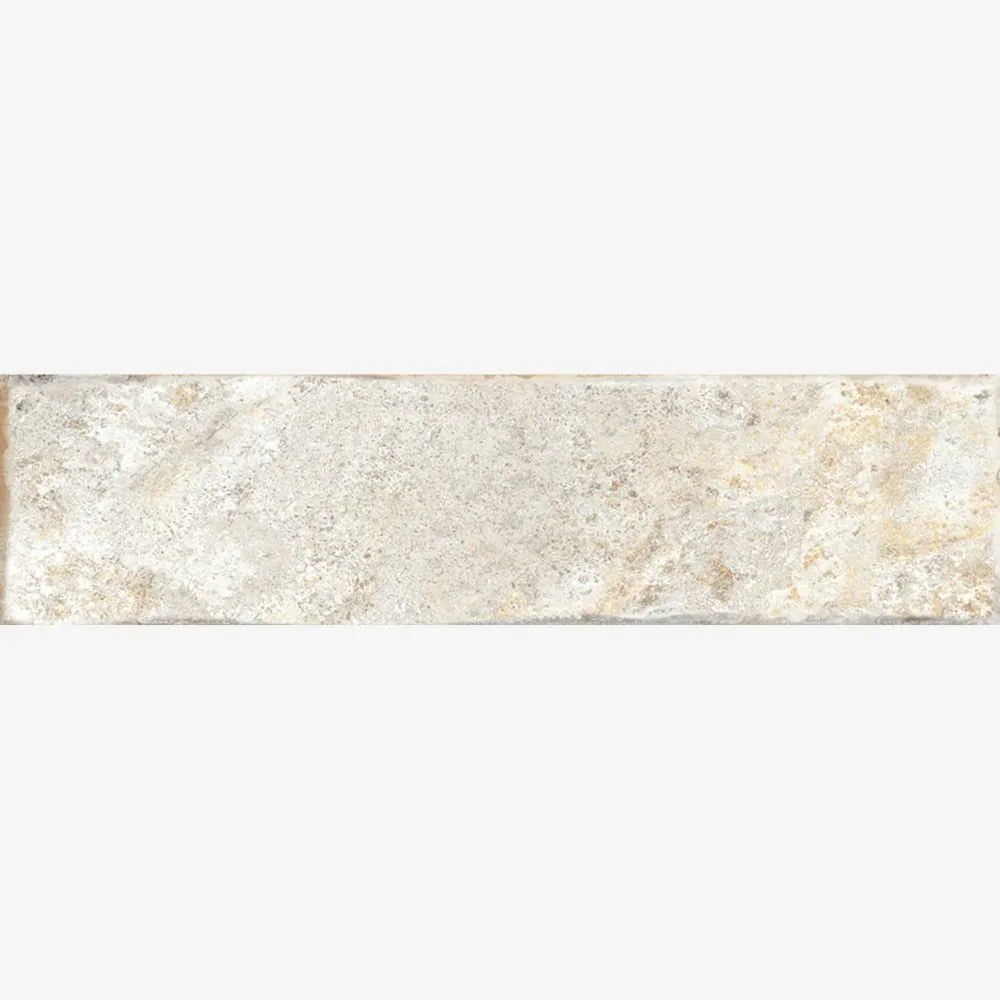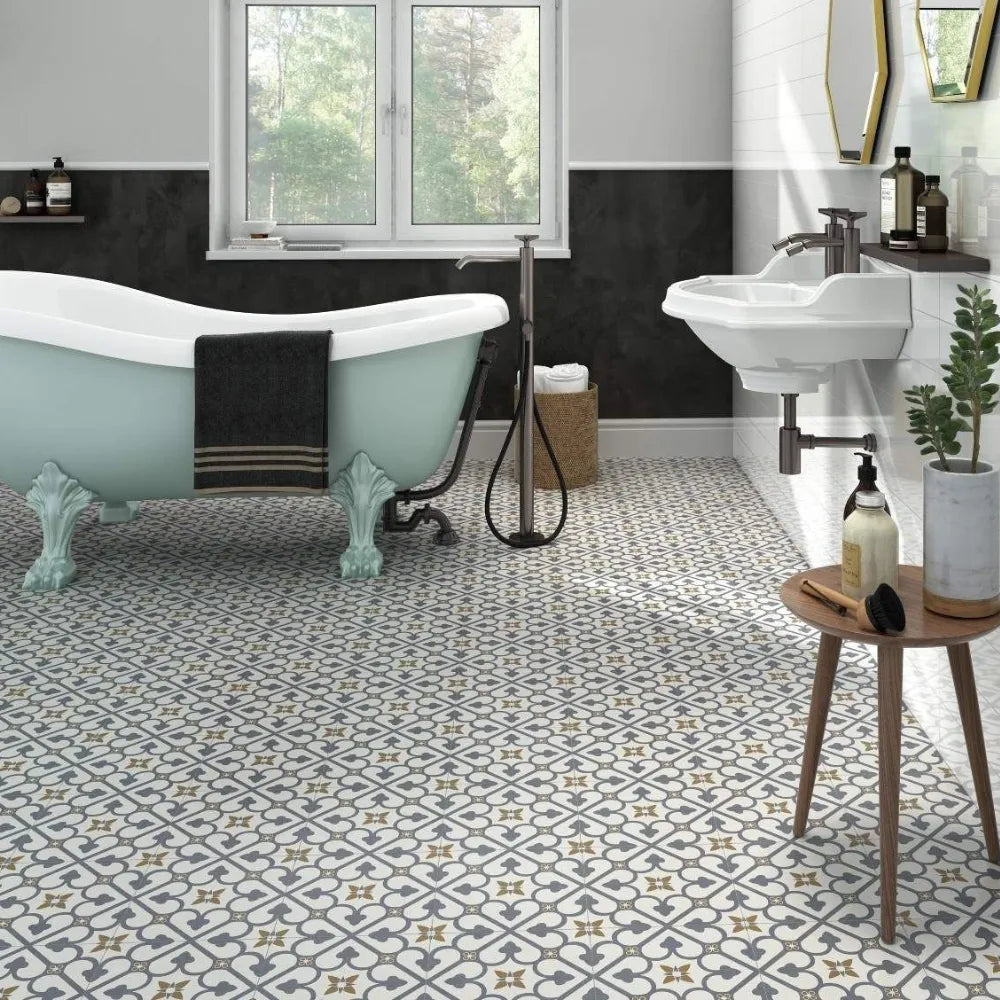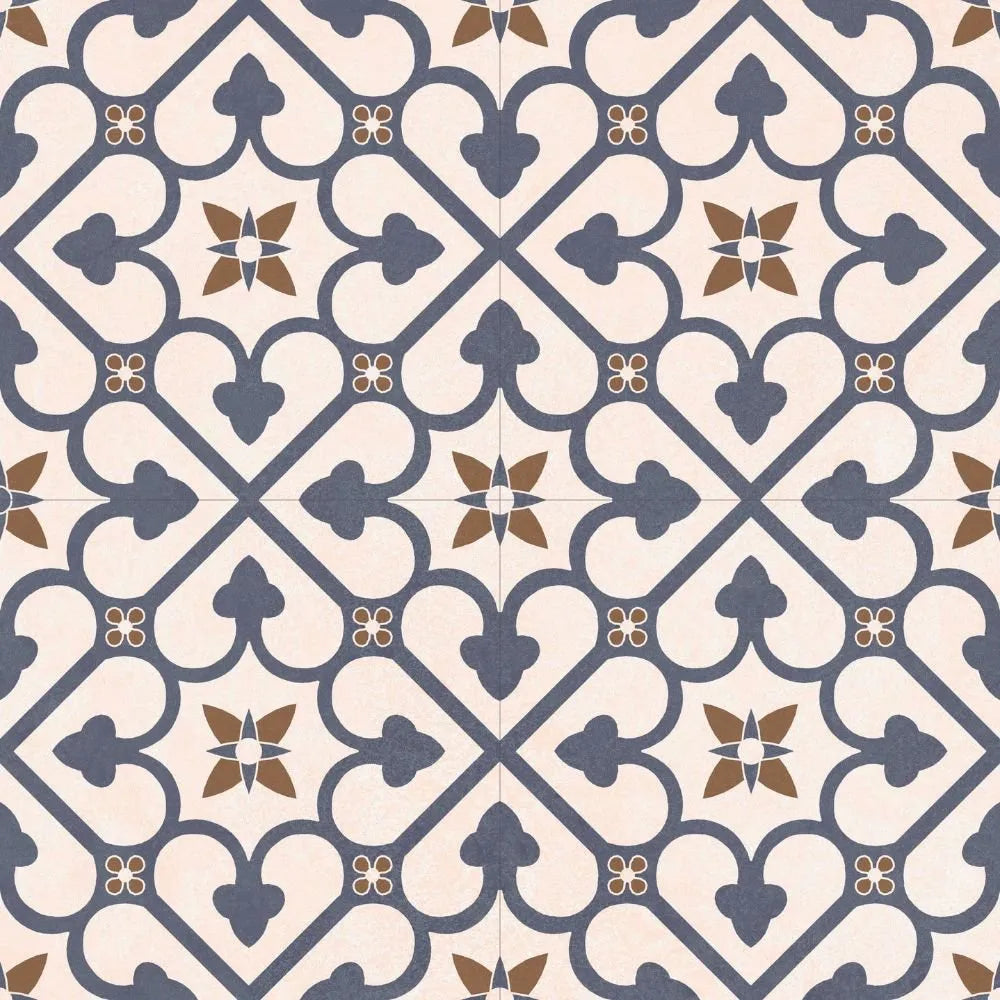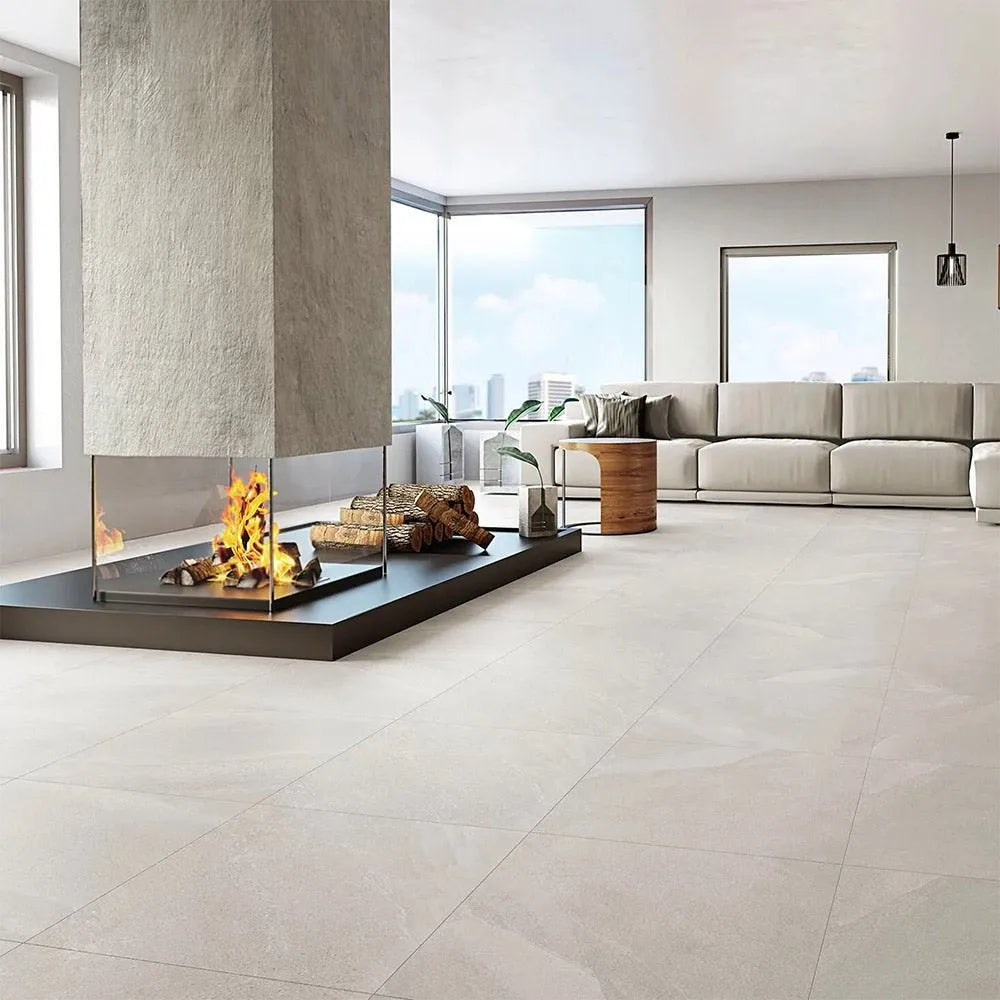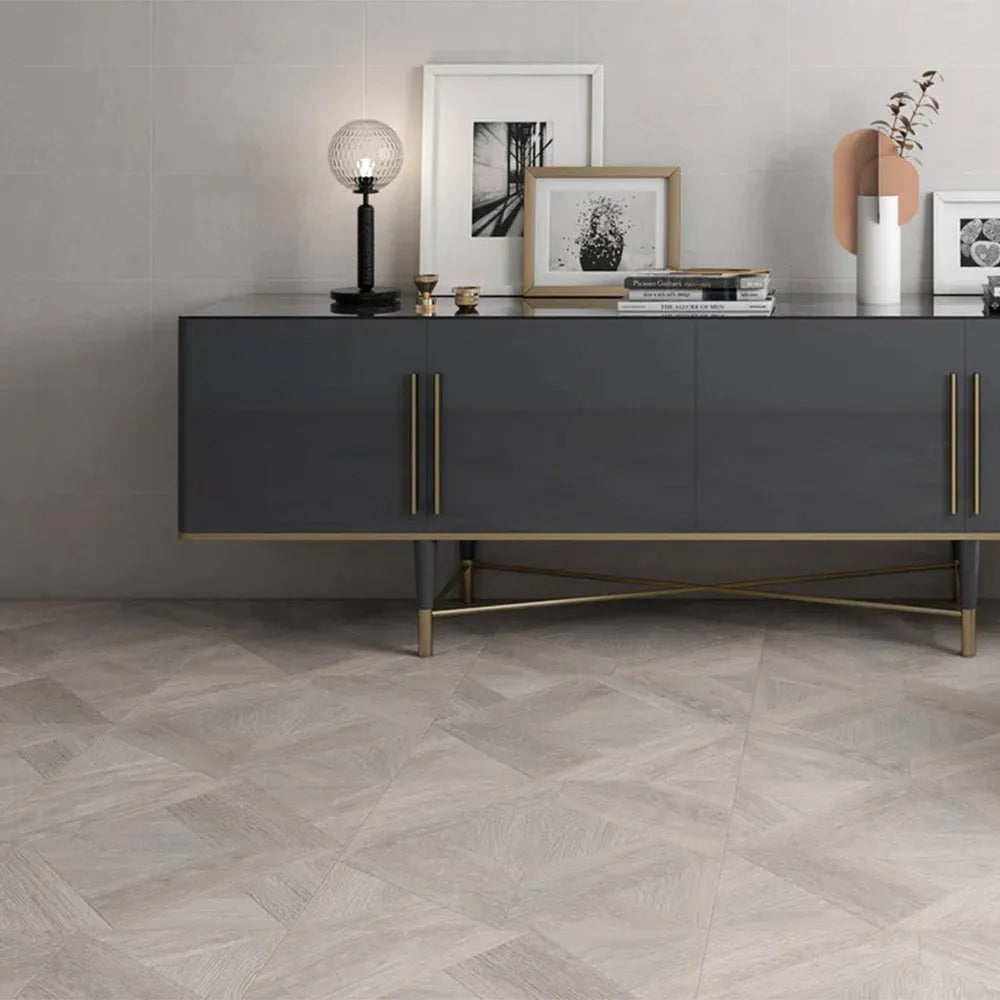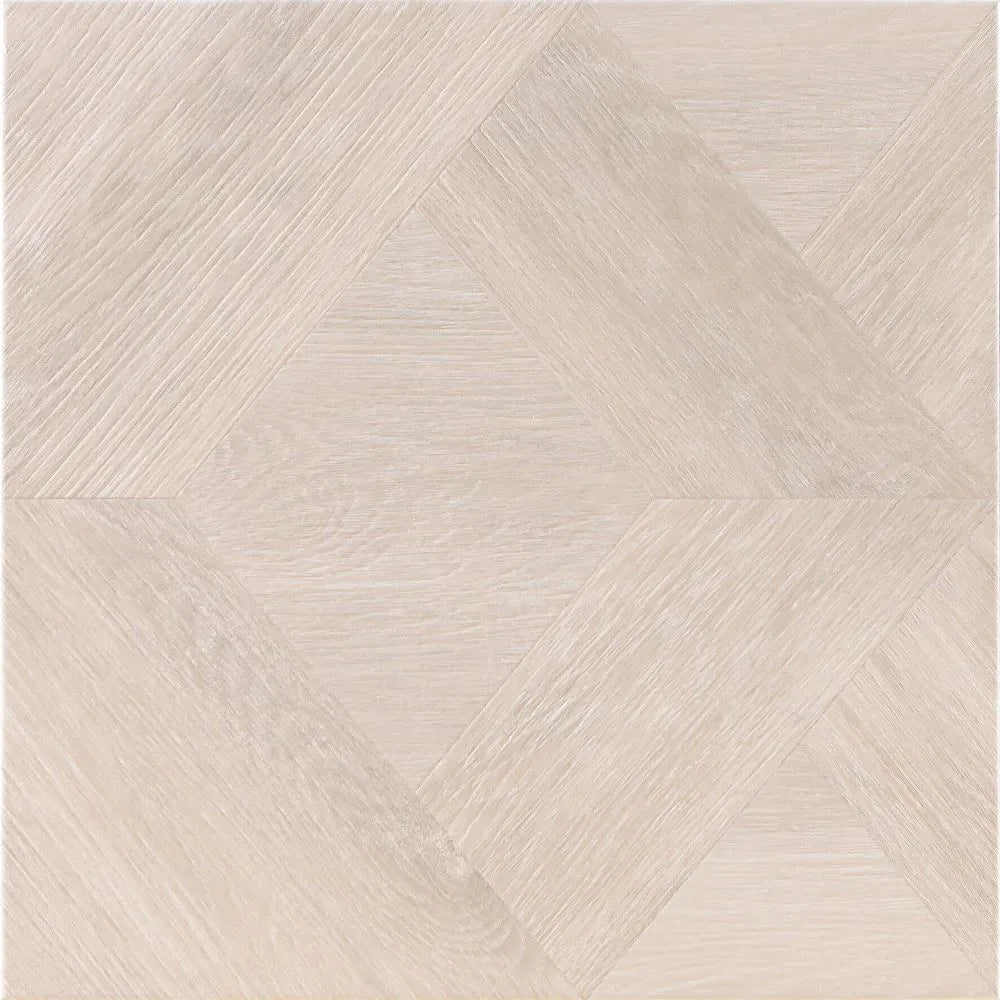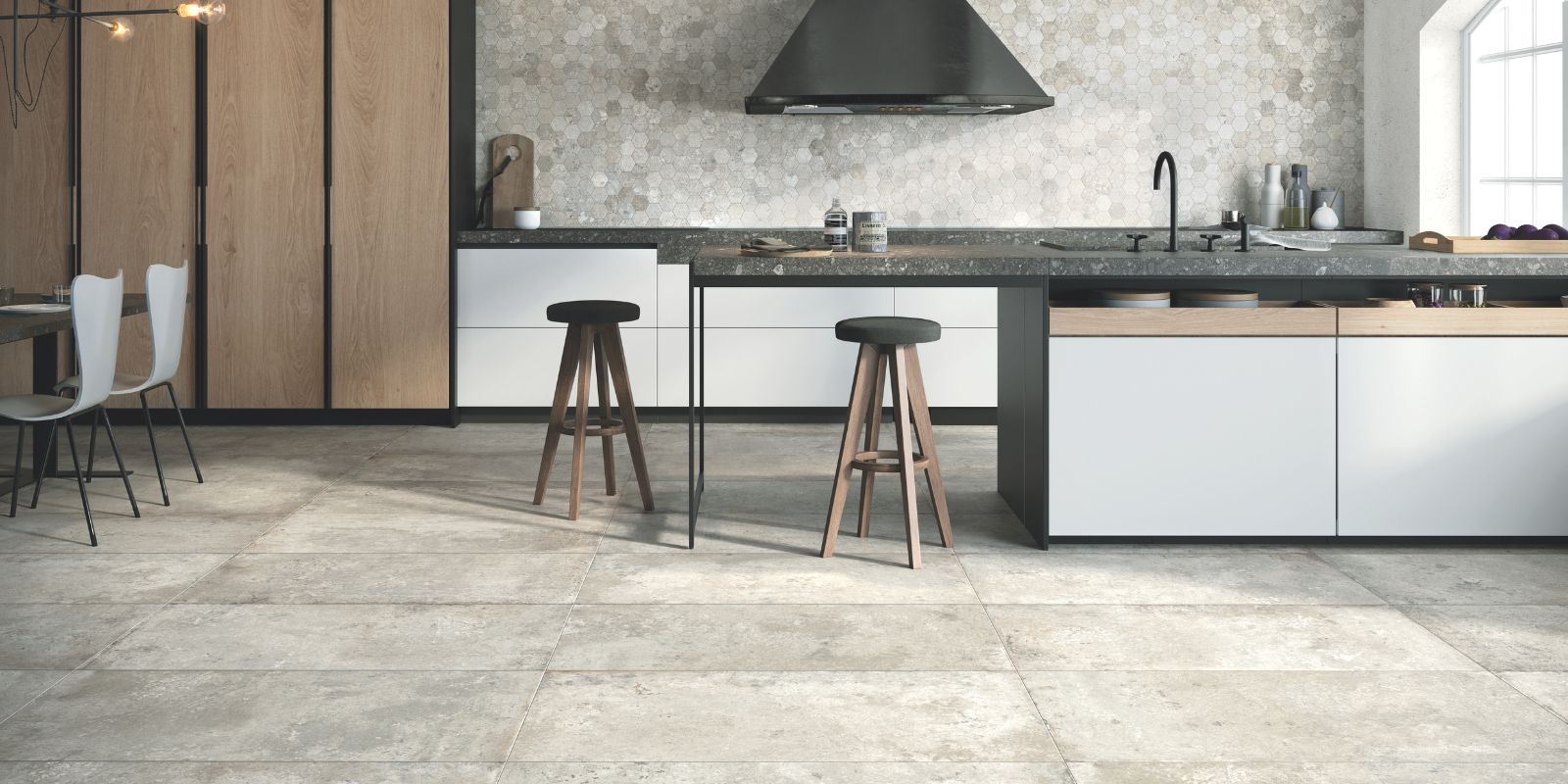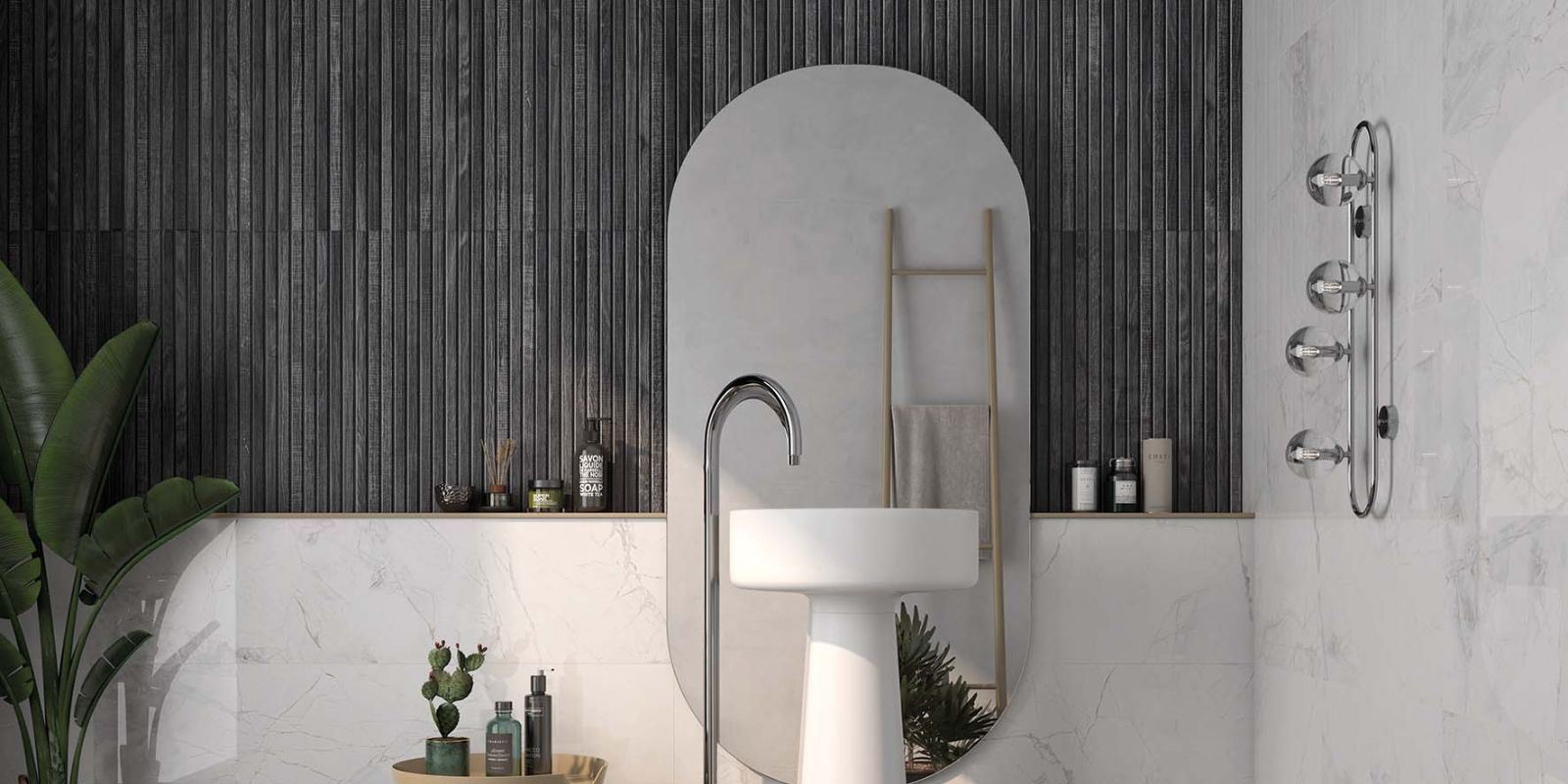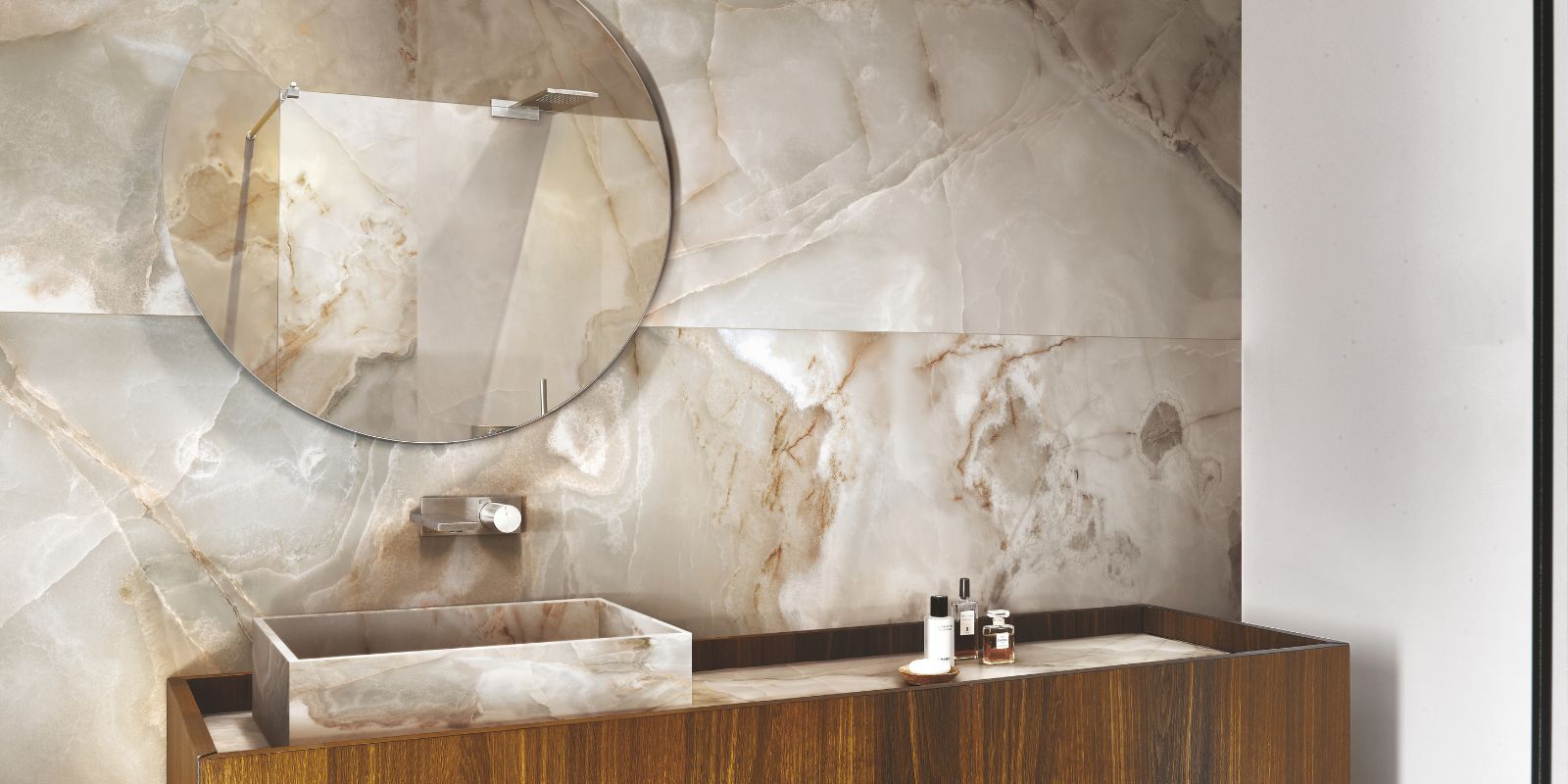
Mastering Tiles & Bathroom Cleaning: Complete Guide to Sparkling Clean Surfaces
Your bathroom tiles face a daily battle against soap scum, mould, and grime that can transform your once-pristine surfaces into unsightly, unhygienic eyesores. While many homeowners struggle with stubborn stains and persistent odours, the secret to maintaining spotless bathroom tiles lies in understanding the right techniques for each surface type and implementing a systematic cleaning approach.
This comprehensive guide will walk you through proven methods for cleaning bathroom tiles effectively, from essential preparation steps to troubleshooting common problems. Whether you’re dealing with delicate marble surfaces or robust ceramic and porcelain tiles, you’ll discover how to achieve professional-level results using safe, accessible cleaning solutions.
Key Takeaways
- Clean grout first using baking soda paste, then tackle wall tiles and floor tiles separately
- Use gentle, natural solutions like vinegar and baking soda to avoid damaging delicate tile surfaces
- Steam preparation opens ceramic tile pores for more effective cleaning
- Regular maintenance after each shower prevents stubborn grime buildup
- Different tile materials require specific cleaning approaches - test solutions on small inconspicuous areas first
- Proper ventilation and protective equipment are essential. Especially when using commercial cleaning chemicals
Essential Preparation Steps
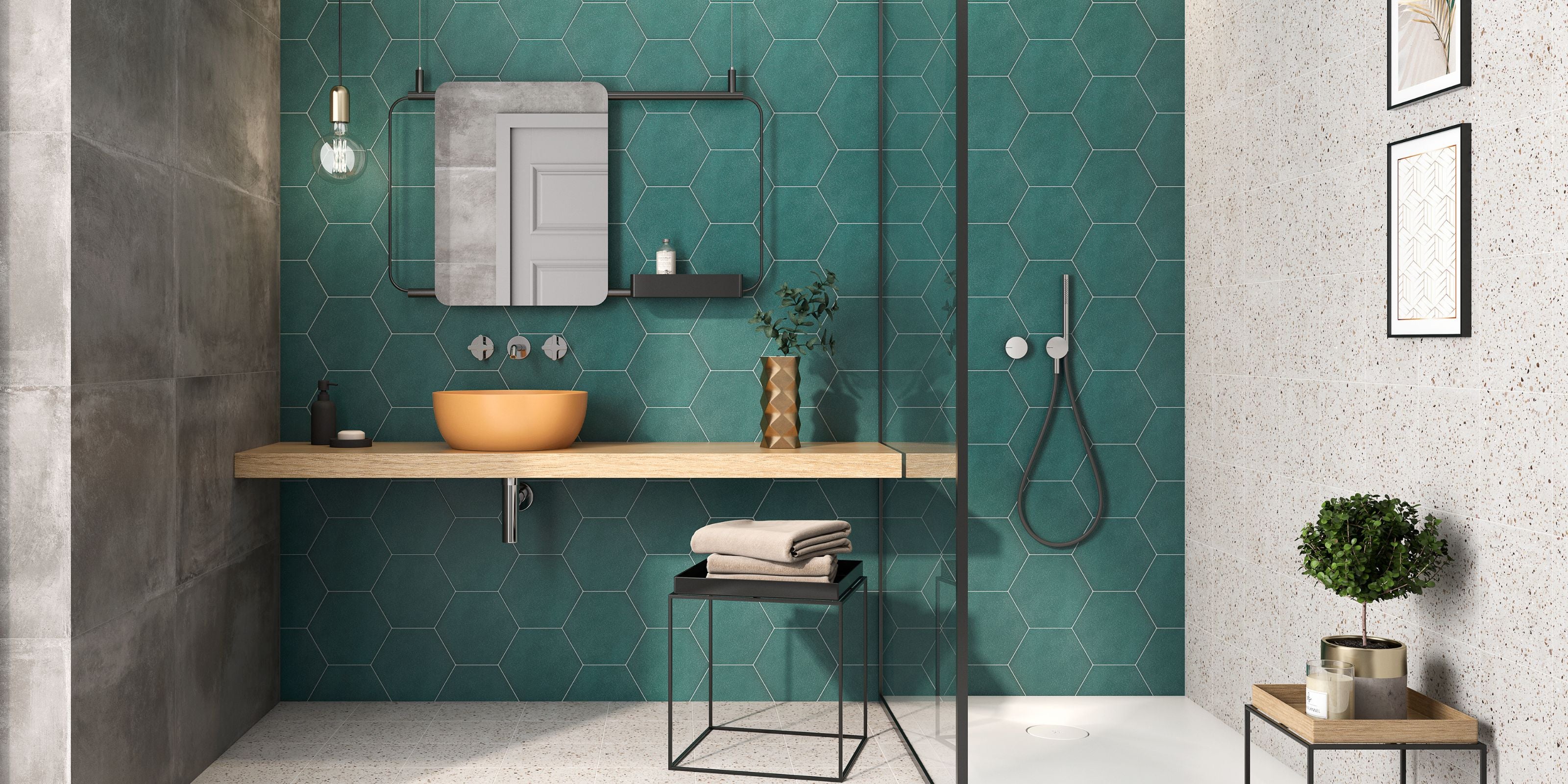
Effective tiles & bathroom cleaning begins with thorough preparation that maximizes cleaner efficacy while minimizing potential damage to surfaces. The process starts before you even begin mixing your cleaning solution.
Run a hot shower for 5-10 minutes to create steam that opens microscopic pores in ceramic tiles, making deep cleaning agents significantly more effective. This simple step can dramatically improve your cleaning results without any additional cost or effort.
Gather your cleaning supplies before you begin: baking soda, white vinegar, dish soap, an old toothbrush, and microfiber cloths. Having everything within easy access prevents interruptions during the cleaning process and ensures you won’t leave cleaning solutions sitting too long on surfaces.
Open windows and ensure proper bathroom ventilation throughout the entire process. Chemical vapors and aerosols can be hazardous in confined spaces, and good airflow also helps reduce ambient moisture that contributes to mould growth.
Always wear rubber gloves to protect your hands from cleaning solutions and potential bacteria in grout lines. For commercial cleaners, consider protective eyewear or masks as recommended by industry cleaning organizations.
Remove large debris and personal items from the cleaning area to prevent cross-contamination and ensure uninterrupted access to all surfaces. This preparation step is particularly important for floor tiles where items can create obstacles during mopping.
Most importantly, test cleaning solutions on inconspicuous tile areas, especially for marble or patterned tiles. Acidic agents can cause permanent etching, color fading, or surface damage to natural stone surfaces and unglazed ceramics, making this test absolutely essential for preserving your investment.
How to Clean Grout Lines

Grout requires special attention due to its porous nature that makes it a breeding ground for mould, mildew, and bacteria buildup in bathroom environments. This cementitious or epoxy-based filler between tiles presents unique cleaning challenges that demand specific techniques for effective results.
Mix 2 parts baking soda with 1 part water to create an effective cleaning paste that’s both powerful and safe for most grout types. This mixture consistently proves superior to many commercial alternatives for both cleaning efficacy and safety considerations.
Apply the paste using an old toothbrush, scrubbing thoroughly into grout lines with gentle but persistent pressure. The mechanical agitation helps break down embedded dirt and biofilm without damaging the grout structure, which can happen with overly aggressive scrubbing tools.
Let the paste sit for 30 minutes to break down embedded dirt and grime through chemical action. This dwell time enables the baking soda to penetrate deep into the porous grout material and begin dissolving organic and inorganic contaminants.
Spray a white vinegar solution (diluted 1:1 with water) over the paste for enhanced cleaning power. The resulting mild effervescence from the acid-base reaction helps further dislodge stubborn particles and biofilm that regular scrubbing might miss.
Scrub again with the toothbrush, then rinse thoroughly with clean water to remove all cleaning residue. Any remaining paste or vinegar may attract new dirt or gradually degrade the grout over time, making thorough rinsing essential.
Dry completely with a microfiber cloth to prevent new mould growth. Persistent moisture is the primary driver for mould regrowth, so complete drying is crucial for maintaining your cleaning results.
Avoid bleach on colored grout to prevent fading and damage. While bleach is sometimes used for intensive mould removal, it can weaken and discolor colored grout, making it generally unsuitable for routine care.
Cleaning Grout Lines between Bathroom Tiles
Focusing on the grout lines in bathroom tiles is essential as these areas harbor the most grime and mould. Regularly applying the baking soda paste and vinegar spray method ensures your bathroom tiles stay fresh and hygienic.
Cleaning Wall Tiles Effectively

Different wall tile materials require specific cleaning approaches to avoid damage while achieving optimal results. Understanding your tile type is crucial before selecting cleaning methods or solutions.
Create a gentle cleaning solution by mixing baking soda, dish soap, and warm water in a spray bottle or bucket. This combination provides effective cleaning power while remaining safe for most tile types when used properly.
Use a soft sponge or microfiber cloth for delicate tiles, while more robust surfaces can tolerate scouring pads. However, always err on the side of caution and avoid applying too much pressure, which can scratch even durable surfaces over time.
Apply the solution with gentle circular motions, working from top to bottom to prevent dirty water from running over already-cleaned areas. This systematic approach ensures consistent results and prevents recontamination of cleaned surfaces.
For ceramic and porcelain tiles with glazed finishes, vinegar-based solutions work exceptionally well due to their ability to cut through soap scum and mineral deposits without damaging the protective glaze layer.
For marble tiles and other natural stone surfaces, avoid vinegar and acidic cleaners that can cause permanent etching. These materials contain calcium carbonate that reacts chemically with acids, leaving dull spots and surface damage that cannot be reversed with standard cleaning methods.
Rinse thoroughly with clean water to remove all cleaning residue, as leftover soap or cleaning agents can create a film that attracts new dirt and dulls the tile surface.
Dry walls completely with soft towels to prevent water spots, particularly important on glossy or dark tiles where mineral deposits from water evaporation are most visible.
Floor Tile Cleaning Methods
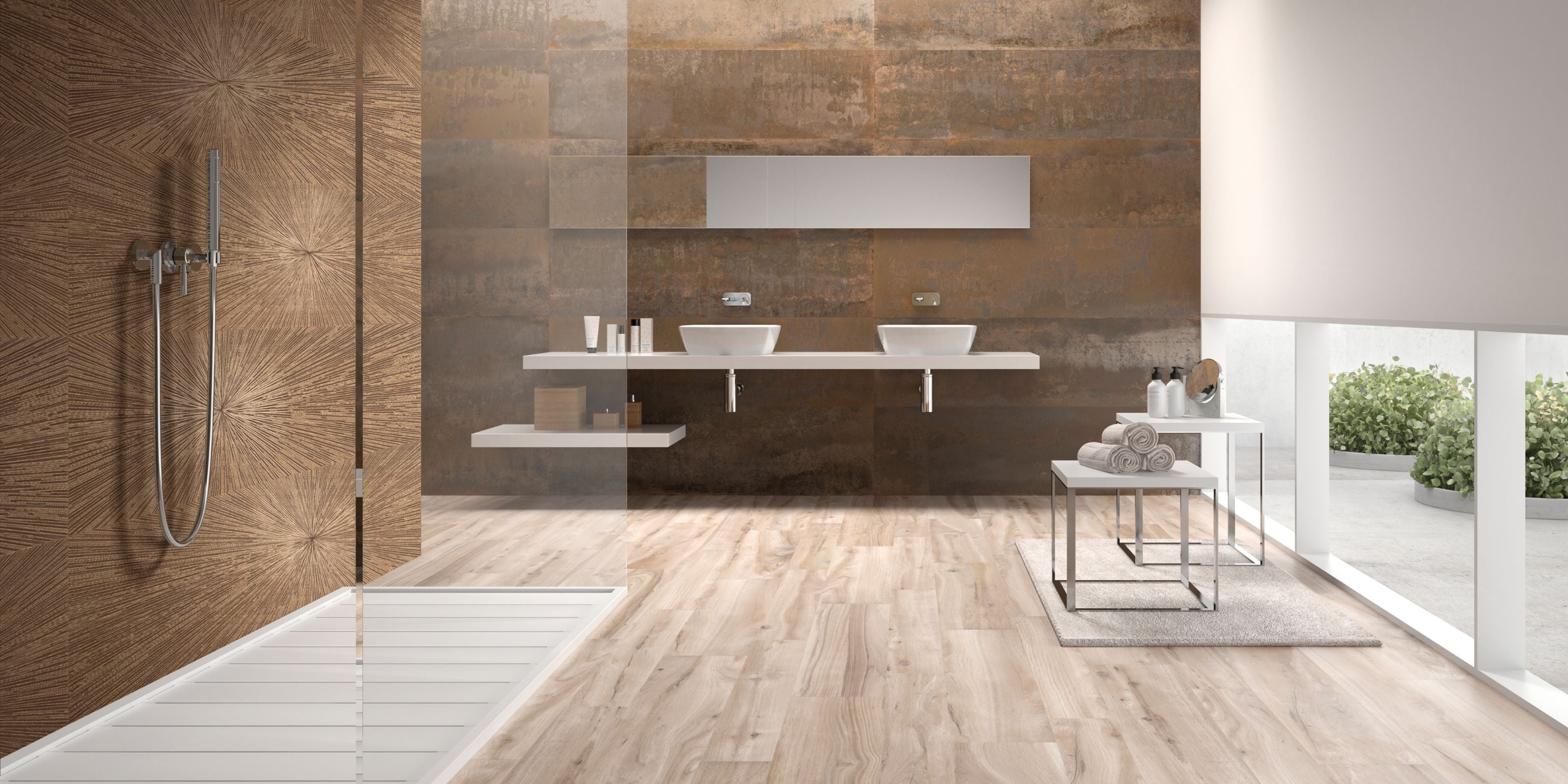
Floor tiles face unique challenges including continuous foot traffic, tracked-in dirt, and residue from body and cleaning products that require specialized cleaning approaches for optimal results.
Begin by sweeping or vacuuming the floor thoroughly to remove loose dirt and particles. This crucial first step prevents abrasive materials from scratching the tile surface during wet cleaning, which can create permanent damage over time.
Apply the same cleaning solutions used for wall tiles and grout, adjusting the concentration based on the level of soiling. Floor tiles typically require stronger solutions due to heavier contamination from foot traffic and debris.
For large areas, consider steam cleaning as a time-efficient method for deep cleaning that sanitizes while removing embedded oils, mildew, and mineral scale. The high temperature of steam cleaning makes it particularly effective for killing bacteria and breaking down organic contaminants.
However, verify tile compatibility with steam cleaning before use, as some natural stones or tiles with weak substrate adhesives can be damaged by high heat and moisture. Always check manufacturer recommendations when in doubt.
Clean floor tiles using a mop with a solution of 2 parts white vinegar and 1 part dish soap for robust flooring types. This combination effectively cuts through grime while providing antimicrobial benefits.
Follow with a plain water mop to remove cleaning residue that could create slip hazards or attract new dirt. Residual soap or vinegar can make floors slippery and may cause dulling over time.
Air dry or towel dry surfaces to prevent water marks and slippery conditions. Proper drying also minimizes the risk of water seeping into grout lines and causing moisture-related problems.
How to Clean Floor Tiles for a Sparkling Bathroom Floor
To clean floor tiles effectively, start with dust removal and use appropriate cleaning solutions followed by thorough rinsing and drying. This ensures your bathroom floor tiles remain clean and safe.
Natural vs Commercial Cleaning Solutions
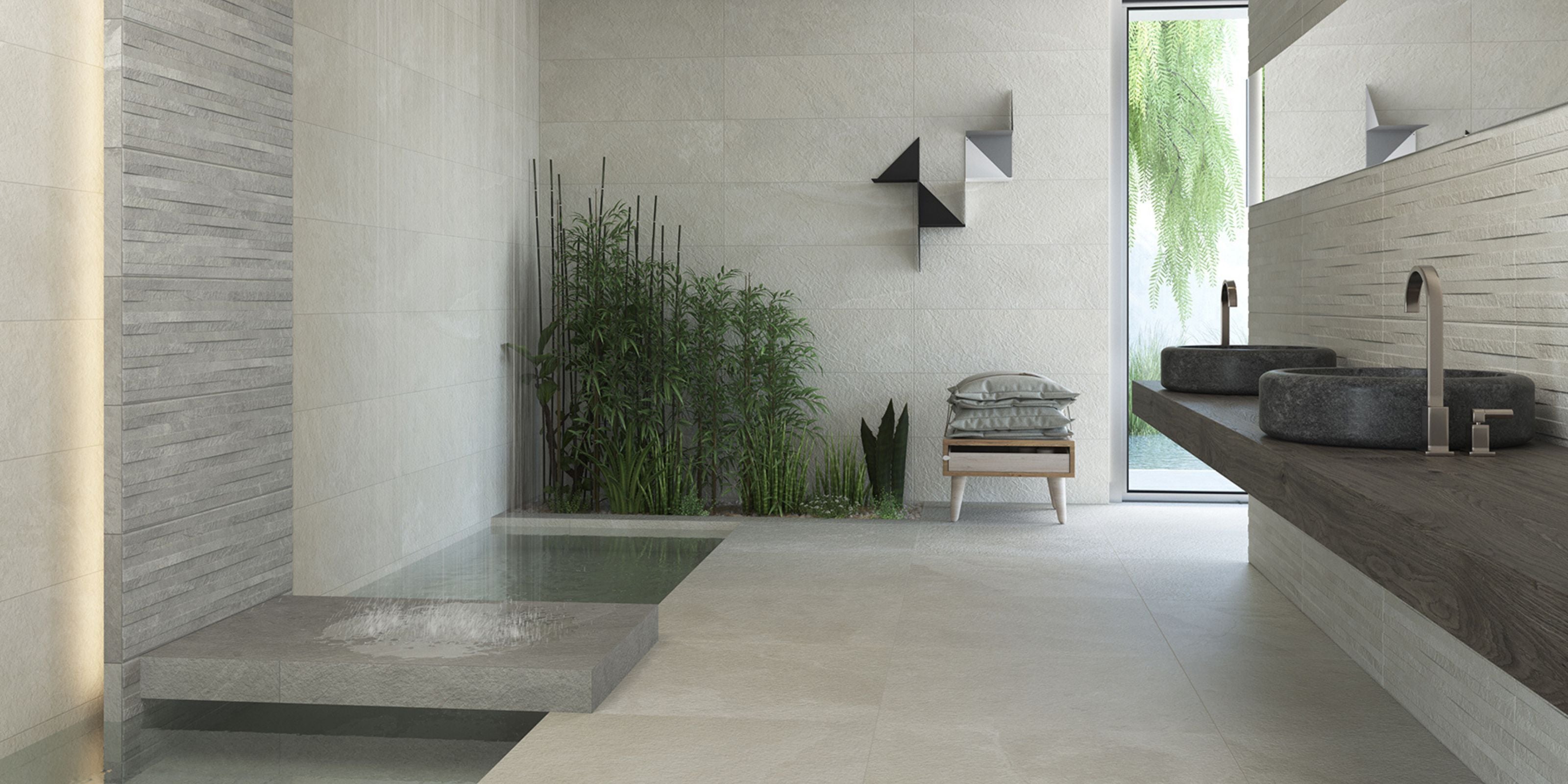
The choice between homemade and commercial cleaning products depends on several factors including effectiveness, safety, cost, and environmental impact considerations.
Basic DIY solutions start with equal parts white vinegar and water in a spray bottle, creating a versatile cleaner suitable for most glazed ceramic and porcelain tiles. This simple mixture costs significantly less than commercial alternatives and provides excellent results for routine maintenance.
For heavy-duty cleaning needs, create a paste using baking soda and a small amount of dish soap. This combination provides gentle abrasive action plus deodorizing properties, making it particularly effective for grout lines and stubborn stains.
Natural solutions like white vinegar, baking soda, and mild dish soap are notably cost-effective, generally low-toxicity, and minimally abrasive. These characteristics make them suitable for most tile applications while being safer for households with children or pets.
Commercial tile cleaners become necessary when dealing with dense soap scum, heavy mineral buildup, or extensive mould contamination. Proprietary cleaners typically combine surfactants, solvents, and chelating agents that can outperform natural alternatives for specific challenging situations.
However, store-bought cleaners may contain harsh chemicals that require additional safety precautions and proper ventilation. They also typically cost more per use and may contain persistent chemicals or non-biodegradable surfactants that impact environmental sustainability.
When deciding between options, consider that natural solutions excel at prevention and routine maintenance, while commercial products may be necessary for restoration of heavily contaminated surfaces. The best approach often involves using natural solutions for regular care and commercial products for periodic deep cleaning.
Daily Maintenance Tips
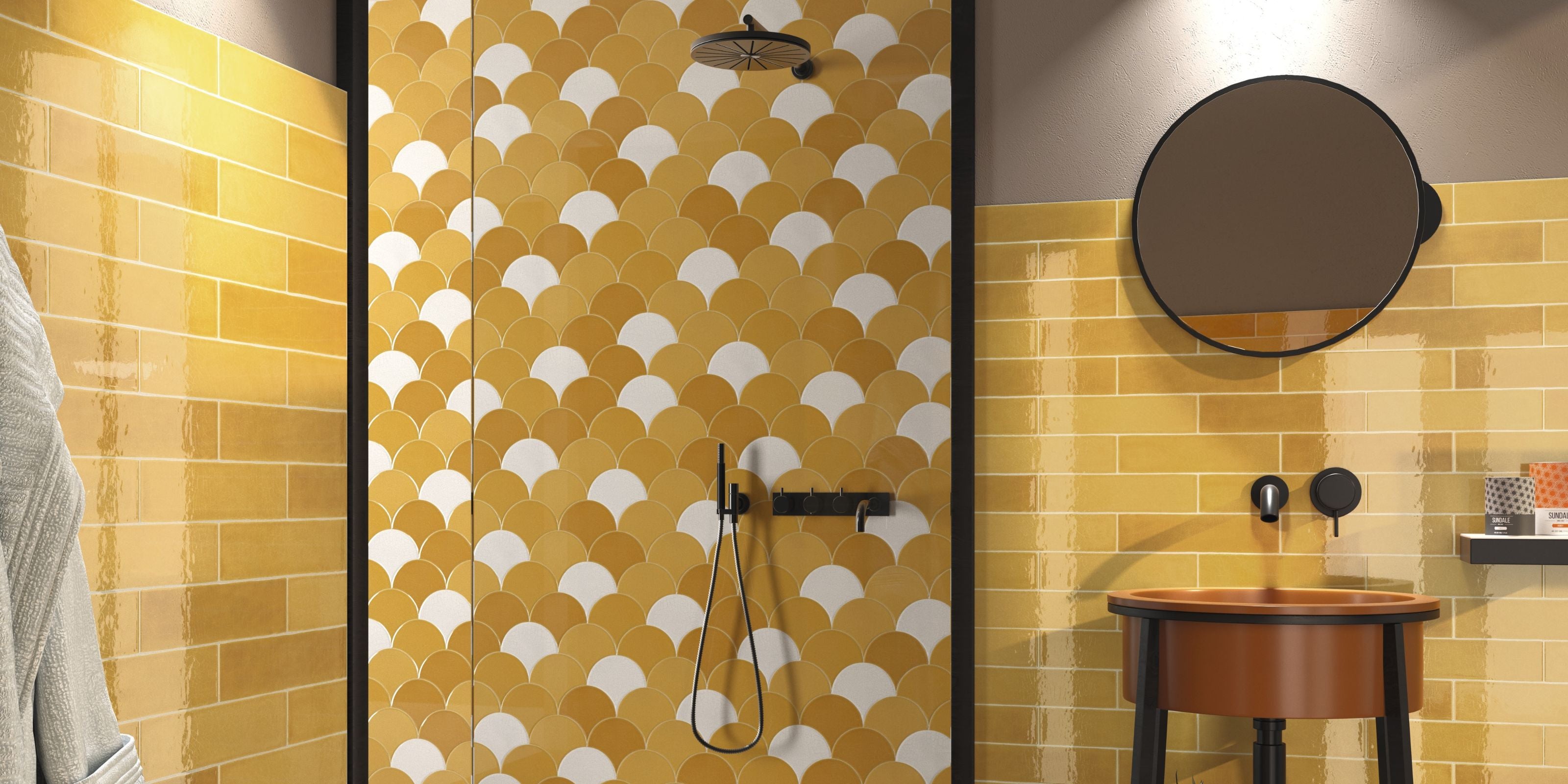
The single most effective long-term tile care strategy involves diligent daily maintenance that prevents buildup and microbial colonization from establishing in your bathroom environment.
Wipe down tiles with a soft cloth after each shower or bath to remove moisture, soap residue, and body oils before they can form stubborn deposits. This simple habit takes less than a minute but dramatically reduces the need for intensive cleaning sessions.
Use a squeegee on shower walls to remove excess water, then follow up with a microfiber cloth for complete moisture removal. This two-step process effectively eliminates the conditions that support mould and mildew growth.
Keep your bathroom fan running or the door or window for 30 minutes after bathing to reduce ambient moisture levels throughout the room. Proper ventilation is crucial for preventing the high humidity conditions that accelerate mould formation and make cleaning more difficult.
Perform weekly spot cleaning of high-moisture areas around the tub and shower where soap scum and mineral deposits accumulate most rapidly. Early intervention prevents these substances from hardening into deposits that require harsh chemicals or aggressive scrubbing to remove.
Establish a monthly deep clean schedule for optimal tile maintenance that includes scrubbing grout lines, applying targeted cleaning solutions, and cleaning under and behind fixtures where moisture and debris commonly accumulate.
Watch for signs that indicate the need for immediate cleaning attention: orange or pink streaks indicating Serratia bacteria, black specks suggesting mildew growth, white film from mineral scale buildup, or sudden dulling of tile luster that signals cleaning residue accumulation.
Troubleshooting Common Tile Problems
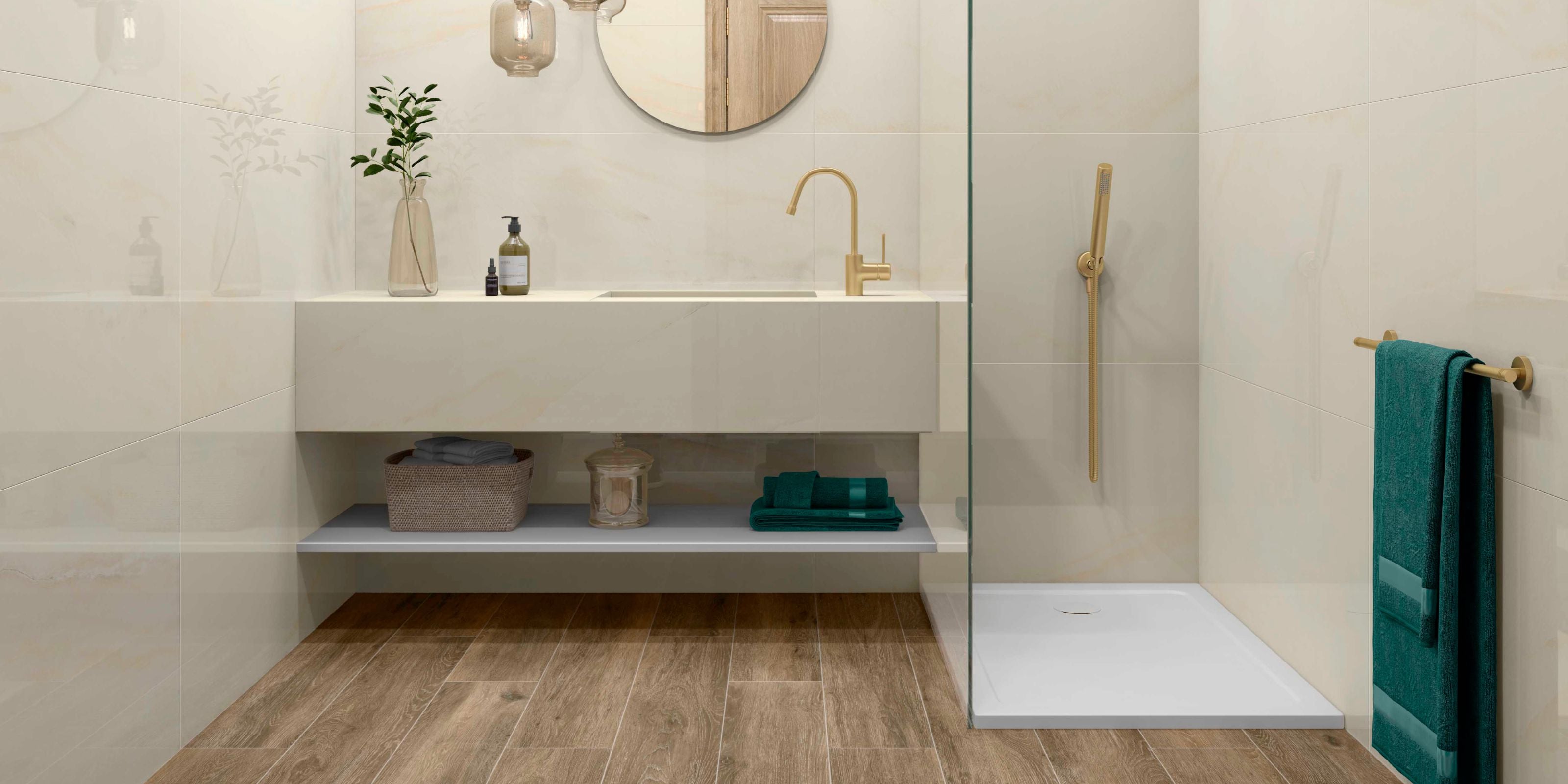
Even with regular maintenance, specific tile problems may develop that require targeted solutions and specialized techniques for effective resolution.
Removing soap scum buildup from shower tiles requires understanding that this substance consists primarily of calcium stearate compounds that form when soap reacts with hard water minerals. Use vinegar-based solutions or commercial descalers, combined with persistent scrubbing using non-scratch pads for best results.
Dealing with hard water stains and mineral deposits involves using acidic solutions like white vinegar mixed with hot water, or specialized citric acid-based products for calcified deposits. However, never use these acidic solutions on marble or other natural stone surfaces.
Addressing discolored or blackened grout lines often indicates sustained moisture exposure and cleaning neglect. While the baking soda and vinegar method often restores appearance, deeply embedded mould may require professional treatment or complete grout replacement in severe cases.
Treating mould and mildew on tile surfaces can sometimes be accomplished with hydrogen peroxide or commercial mould removers, but always test these products in inconspicuous areas first to prevent damage or discoloration.
Restoring shine to dull or cloudy tiles may involve using pH-neutral polishes specific to your tile type, but prevention through proper rinsing and avoiding abrasive cleaning tools remains more effective than restoration efforts.
Consider professional cleaning services when dealing with embedded staining, extensive mould contamination, or valuable natural stone surfaces that require specialized knowledge and equipment for safe, effective cleaning.
The most effective prevention strategy involves regular grout sealing (except for epoxy grout), maintaining dry conditions, and prompt removal of soap and cleaning residue that can attract new dirt and support microbial growth.
FAQ

How often should I deep clean my bathroom tiles? Most experts recommend monthly deep cleaning for residential bathrooms, with more frequent attention needed in high-traffic or high-humidity environments. Regular daily maintenance can extend the intervals between intensive cleaning sessions.
Can I use bleach on all types of bathroom tiles? Bleach should be restricted to white ceramic tiles or extreme mould situations. Never use bleach on colored grout or natural stone tiles due to the risk of fading, discoloration, or chemical damage to the material.
What’s the best way to prevent mould growth on grout? Mould prevention requires rapid drying after use, weekly scrubbing with appropriate cleaners, occasional application of mould-inhibiting solutions, and proper grout sealing to reduce porosity and moisture absorption.
Are steam cleaners safe for all tile materials? Steam cleaners work well for glazed ceramic and porcelain tiles but should not be used on delicate natural stones or installations with flexible tile adhesives that may be damaged by high heat and moisture.
How do I remove stubborn soap scum from tiles? The most effective approach combines baking soda paste with vinegar for ceramic tiles, or specialized lime-scale removers for heavy buildup. Persistent mechanical action with non-abrasive tools is usually necessary.
Should I seal my grout after cleaning? Grout sealing is highly recommended after thorough cleaning, especially for sanded grout types. Sealant helps prevent future staining, reduces cleaning frequency requirements, and extends grout life.
What household items work best for tile cleaning? Baking soda, white vinegar, mild dish soap, and microfiber cloths consistently provide the most effective results for routine tile cleaning while remaining safe and economical.
How can I make my tiles shine like new? Use pH-neutral polishes specific to your tile type to remove residues and restore luster. For those considering upgrading their space, polished tiles offer a brilliant, shiny finish that enhances any room. For marble and stone surfaces, specialized conditioners are available, but prevention through proper cleaning technique remains most effective.
The key to successful bathroom tiles cleaning lies in understanding your specific tile materials, using appropriate techniques for each surface type, and maintaining consistent daily care habits. By following these proven methods and staying attentive to early signs of problems, you can keep your bathroom tiles looking pristine while extending their lifespan and maintaining a healthy home environment.
Regular maintenance combined with proper deep cleaning techniques will ensure your bathroom remains a clean, welcoming space that reflects the latest bathroom trends in both hygiene and aesthetic appeal. Start implementing these strategies today to transform your tile cleaning routine from a challenging chore into a manageable maintenance system.



